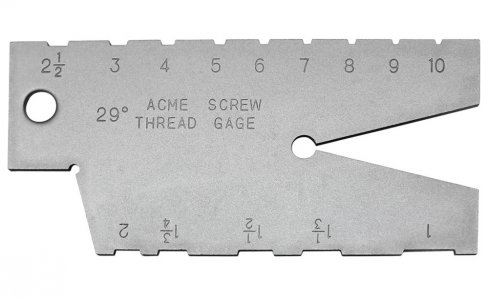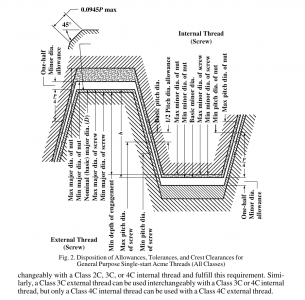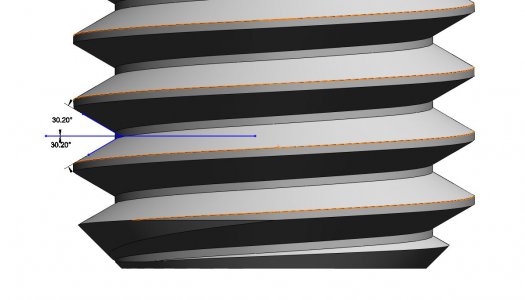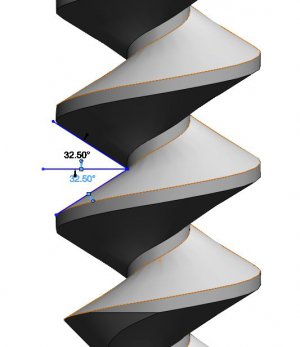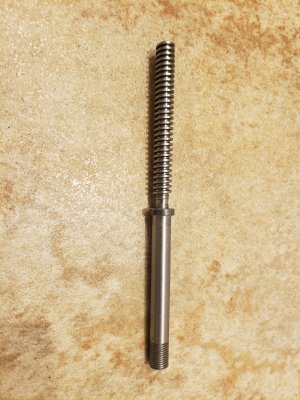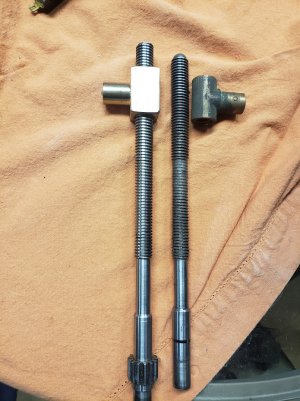I bought a Kennametal LH threading tool holder and an N.3L carbide insert to make new cross feed screw for my Clausing lathe.
I had no issues and it came out great. I also made a matching nut but I used a LH tap for that project.
Now I decided to make a new compound screw which is same pitch but smaller diameter and RH thread.
Not thinking about it, I used the same tool and just threaded towards chuck instead of away from chuck to get RH pitch.
I cut to the correct thread depth but the screw binds when inserted into the nut.
I had to cut .0075 deeper into the screw to get sufficient clearance in the nut.
can someone explain if there is an actual geometric difference in a LH insert vs RH insert that would cause the binding?
If I used HSS, there is no LH or RH grind that I am aware of. I would just grind 28 deg and set the tip width in the acme gauge, Correct?
Thanks,
Mike
I had no issues and it came out great. I also made a matching nut but I used a LH tap for that project.
Now I decided to make a new compound screw which is same pitch but smaller diameter and RH thread.
Not thinking about it, I used the same tool and just threaded towards chuck instead of away from chuck to get RH pitch.
I cut to the correct thread depth but the screw binds when inserted into the nut.
I had to cut .0075 deeper into the screw to get sufficient clearance in the nut.
can someone explain if there is an actual geometric difference in a LH insert vs RH insert that would cause the binding?
If I used HSS, there is no LH or RH grind that I am aware of. I would just grind 28 deg and set the tip width in the acme gauge, Correct?
Thanks,
Mike

